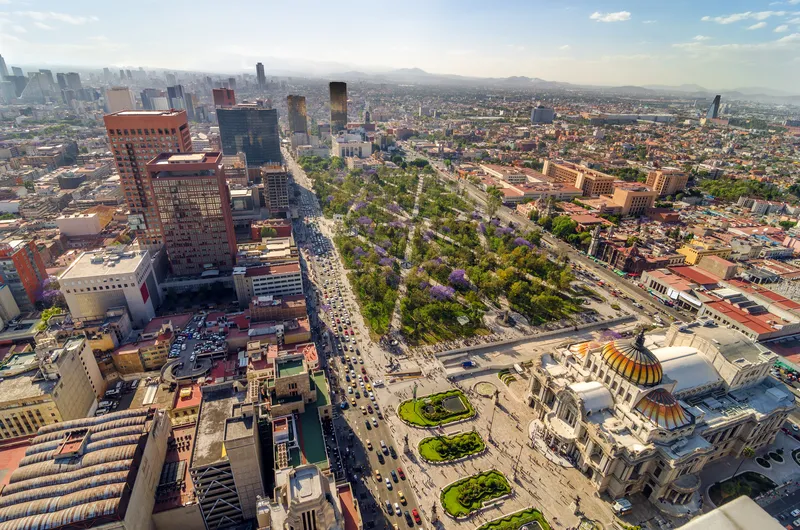Main Roads Western Australia has released its transport blue print to address advances in technology and rapid population growth. The Main Roads Intelligent Transport Systems Master Plan is set to guide Main Roads on a strategic journey to ‘smart roads, safe journeys’ by 2020.
Developed through an extensive consultation process involving stakeholder workshops and industry submissions, the ITS Master Plan provides a strategic plan to deal with key challenges such as congestion, big data and automated and
October 1, 2014
Read time: 2 mins
Main Roads Western Australia has released its transport blue print to address advances in technology and rapid population growth. The Main Roads Intelligent Transport Systems Master Plan is set to guide Main Roads on a strategic journey to ‘smart roads, safe journeys’ by 2020.
Developed through an extensive consultation process involving stakeholder workshops and industry submissions, the ITS Master Plan provides a strategic plan to deal with key challenges such as congestion, big data and automated and connected vehicles.
It also outlines initiatives that will improve the delivery of ITS-enabled services with a focus on increasing system reliability and security, standardisation, data management, procurement and governance, and expertise building.
Managing director of Main Roads, Steve Troughton, said advances in ITS (Intelligent Transport Systems) technology mean we already have vehicles that avoid collisions, park themselves and advise the driver of impending danger on the roads.
“Transport will continue to play a crucial role in ensuring the strong, sustained development of our State,” he said. However, our recent successes have also highlighted new challenges. Our rapid population growth not only means more cars on our roads and an inevitable increase in congestion but also a steady increase in freight movements across the State, currently growing at 3.8 per cent per year.”
He said community expectations are also changing, with road users wanting more access to real-time, reliable and accurate travel information than ever before.
The Master Plan focuses on how ITS will enable Main Roads to undertake its core business in managing the road network, as this and not the technology itself is the ultimate objective. It also recognises that ITS by itself is not the only solution but must be integrated as part of longer-term government strategies for development and management of the transport network to meet current and future needs for travel in Western Australia.
“Our vision of ‘Smart Roads, Safe Journeys’ is at the core of everything we do ensuring an ever-present focus on road safety and the reliability of our network to encourage safe and efficient journeys for road users,” says Troughton.
Developed through an extensive consultation process involving stakeholder workshops and industry submissions, the ITS Master Plan provides a strategic plan to deal with key challenges such as congestion, big data and automated and connected vehicles.
It also outlines initiatives that will improve the delivery of ITS-enabled services with a focus on increasing system reliability and security, standardisation, data management, procurement and governance, and expertise building.
Managing director of Main Roads, Steve Troughton, said advances in ITS (Intelligent Transport Systems) technology mean we already have vehicles that avoid collisions, park themselves and advise the driver of impending danger on the roads.
“Transport will continue to play a crucial role in ensuring the strong, sustained development of our State,” he said. However, our recent successes have also highlighted new challenges. Our rapid population growth not only means more cars on our roads and an inevitable increase in congestion but also a steady increase in freight movements across the State, currently growing at 3.8 per cent per year.”
He said community expectations are also changing, with road users wanting more access to real-time, reliable and accurate travel information than ever before.
The Master Plan focuses on how ITS will enable Main Roads to undertake its core business in managing the road network, as this and not the technology itself is the ultimate objective. It also recognises that ITS by itself is not the only solution but must be integrated as part of longer-term government strategies for development and management of the transport network to meet current and future needs for travel in Western Australia.
“Our vision of ‘Smart Roads, Safe Journeys’ is at the core of everything we do ensuring an ever-present focus on road safety and the reliability of our network to encourage safe and efficient journeys for road users,” says Troughton.









